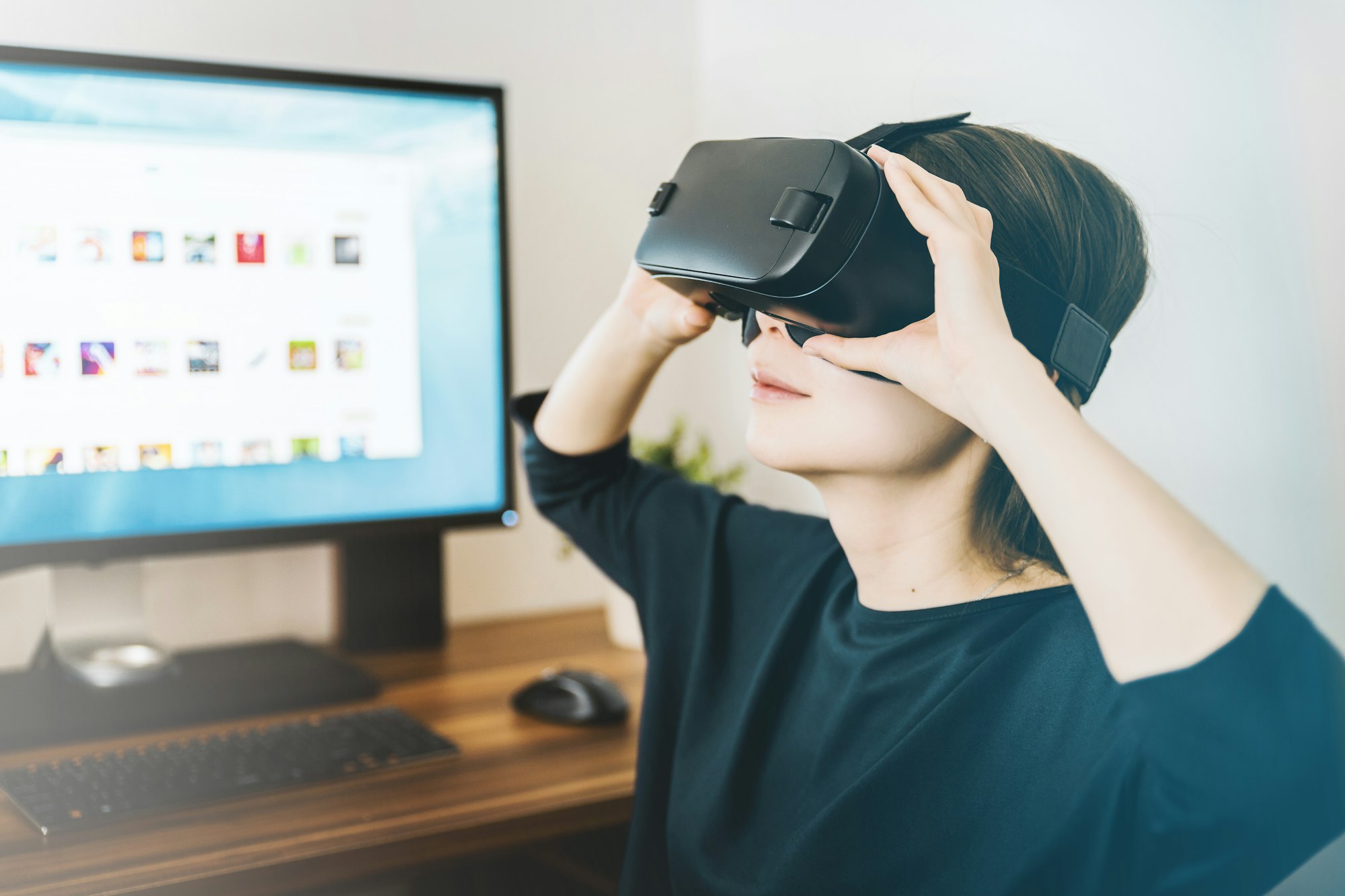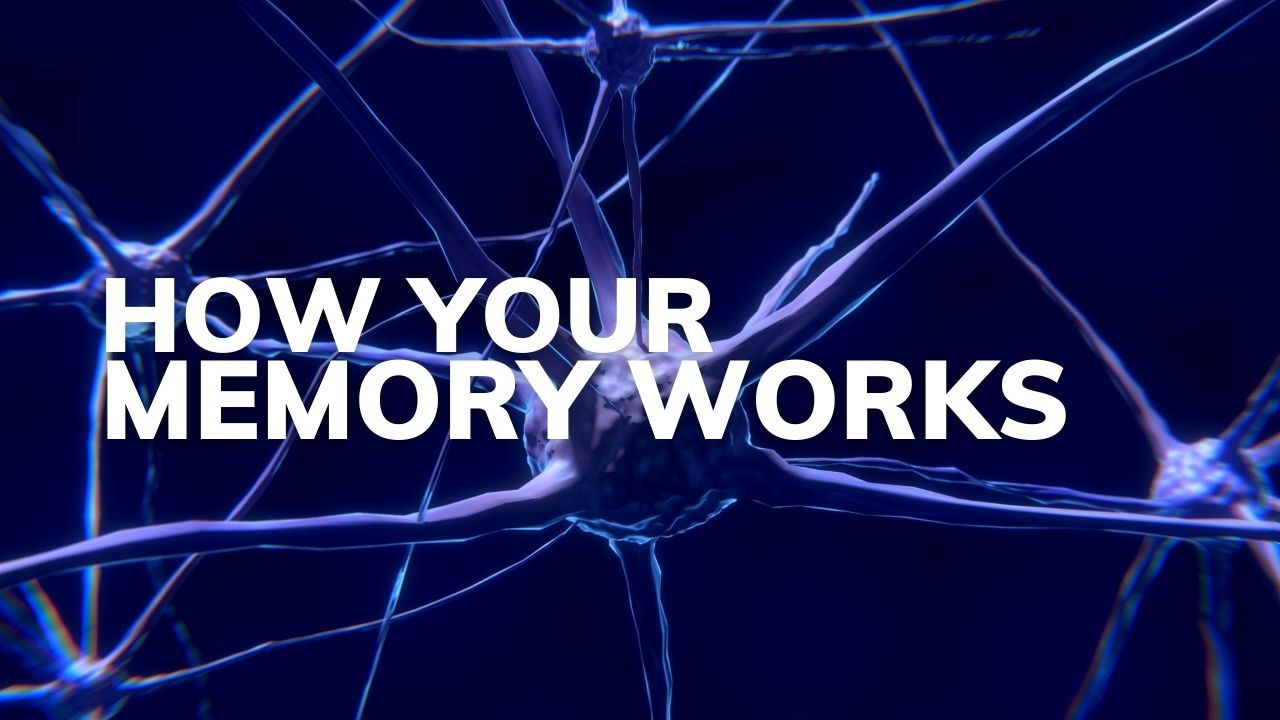Immersive learning: What is it and why does it give an advantage to your workforce?
Read our latest article from our Learning Experience Designer on how investing in immersive technology for your L&D programme will enable you to reach more people, teach faster, and increase motivation.

Immersive Learning and VR training are phrases that have dominated the L&D space in the past year. What was once only possible in the realms of science-fiction (think Neo doing martial arts training in The Matrix or the crew of the Enterprise on the Holodeck) has now become a reality. With the advent of cheaper and more widely available VR hardware and the emergence of specialist VR training companies and platforms, creating and deploying a programme of immersive learning to your workforce is now a viable, powerful and scalable solution.
But what exactly is immersive learning? How does it work? And what evidence is there to support its increasingly widespread use in enterprise training?
With many touting it as the ultimate convergence of learning science and innovative technology, we wanted to take a moment to understand what immersive learning really is and why it has such profound implications for human development and training.
What is immersive learning?
Immersive learning is a hybrid educational approach that leverages immersive technologies such as Virtual Reality (VR), decades of scientific research and data analytics to create programmes of L&D with huge benefits for learners, instructors and employers.
Immersive learning allows learners to enter simulated environments that would otherwise be challenging, costly or impractical to replicate at scale. Experiential learning is a tried and tested approach to encouraging active learning and give participants memorable experiences that supercharge their learning process; Immersive learning takes this practice to the next level, as it has the potential to place learners in situations that might be dangerous, hard to reach or in some cases, downright impossible to recreate in real life.
Virtual Reality is the most common way to engage with immersive learning, with participants wearing a full head-mounted display (HMD). Until fairly recently, VR headsets had to be connected to a high-end computer in order to achieve high-quality visuals, however with the release of new stand-alone VR headsets such as the Meta Quest 2, Pico Neo 2 and the upcoming HTC Vive Flow, employers no longer need to worry about the cost implications of expensive computer hardware when deploying immersive learning to their workforce. Coupled with scalable cloud based platforms, the tools to deliver immersive learning are now more accessible and affordable than ever.
What are the benefits of Immersive learning?
Immersive learning in VR allows participants to not only look around inside a virtual world, but also to walk around it, interact with virtual objects and even speak to virtual characters. Being fully immersed in a realistic environment creates opportunities to elicit more powerful emotional responses than traditional theory based training - Learners don’t need to imagine a challenging or high-pressure scenario, they can actually experience it!
In VR training, learners can become familiar with a new workplace environment before they even set foot through the door; they can learn to use specialist tools and machinery, practice their customer service and soft skills, and even diagnose virtual patients. VR environments also allow for visual augmentations that are not possible in the physical world, such as interactive hotspots, information boxes, pop-up videos and quizzes, all of which can promote increased learner engagement.
One of the big challenges faced by employers in recent years has been how to approach remote employee training. Whether necessitated by Covid-19 or simply because employees are seeking greater working flexibility, remote working has seen a surge in popularity across many industries. Immersive learning offers the opportunity to develop workplace skills and competencies without being tethered to a physical location. It also facilitates on-demand access and user-driven repetition - learners can revisit and replay training whenever they need it, without having to wait for an instructor to be available.
Another major benefit of immersive learning deployed through a cloud platform is the ability to monitor learner feedback and progress in real time; This can be used to evaluate training efficacy and intelligently suggest areas for improvement in ways that were not previously possible. Immersive learning platforms are now incorporating data analytics to provide detailed insights for employers and L&D managers, to allow them to make better business decisions and deploy further training in the most crucial areas.

Interactive Video by Virti
Create immersive video learning experiences
and analyse performance in the cloud.
What evidence is there that it works?
Training employees with Immersive learning is supported by key theories of adult and experiential learning, which highlight how learning through doing has significant advantages over more passive instructional techniques, such as listening to lectures, reading books or watching videos.
Scientific studies have already shown that students exposed to immersive training are up to 30 percent more efficient at using inputs, time, and avoiding performance errors than those exposed to traditional training. Excitingly, recent neuroscientific research has also shown that VR environments have the potential to promote greater neuroplasticity than real world environments; this has huge potential implications for the way our brains develop long-term memory connections. There is also a wealth of research supporting positive outcomes of immersive training for learners in procedural skills and knowledge acquisition, for example medical students who significantly improved in specific techniques practiced in VR and staff who were trained to deal with an emergency fire in the workplace, while other studies have demonstrated the potential of immersive experiences to promote affective and behavioural change for learners, such as exposure therapy, anxiety disorder treatment, and empathy elicitation.
How can I make and deploy my own programmes of Immersive Learning?
Until recently, immersive learning content had been fairly tricky to make, especially for those without specialist filmmaking or CGI design skills. The two main methods to create content right now are 360 degree filmmaking, where entire live environments can be recorded using 360 cameras, or using CGI to design and build immersive environments from scratch. Of course there were then the added complexities of hosting this content and ultimately delivering it to learners in VR headsets. But now, many VR companies offer a no-code all-in-one platform which allows L&D professionals to use their existing skills to create high-quality immersive training programmes. While stand-alone VR training experiences do still exist, their relative cost and limited application beyond their initial use-case make them fairly ill-suited for continued professional development and training. Highly customisable immersive learning courses that can be continually updated are now becoming the industry standard, and are being used to train and onboard employees in healthcare, service industries, education and even sports professionals.
L&D professionals now have the exciting prospect of being able to harness these powerful learning tools without the need to learn complex video production processes or 3D computer design.

Further resources




